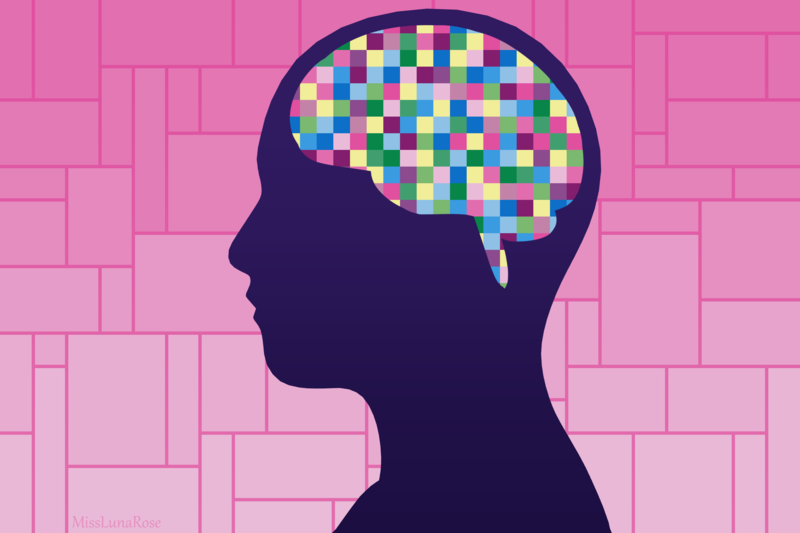- 14 3402-5578
- Rua Hygino Muzy Filho, 737, MARÍLIA - SP
- contato@latinoobservatory.org

Last week, the Centers for Disease Control and Prevention announced that autism is being diagnosed more frequently in Latino and black children than in white children in the United States. In 2020, 1 in 36 children were identified with autism, compared to 1 in 44 previously identified, according to the NBC Newsarticle.
This is believed to be associated with the improvement that has taken place in screening processes and increased awareness for Black and Latino American children. However, it remains to be seen whether black and Latino children receive the same attention and assistance as white children.
During the 2017-2018 school year, a study identified that non-white children had less access to autism services. To make this identification, the Centers for Disease Control and Prevention checks school and health records in some US states and focuses on children aged 8, since most cases are identified at this age. However, the diagnosis has occurred increasingly earlier, becoming common in children aged 4 years.
Furthermore, the overall rate of autism has been rising for decades, with it being far more common in boys than girls. New estimates show that about 3% of Hispanic, Black, and other racial and ethnic children are diagnosed with autism, compared to about 2% of white children.
According to an Associated Press article, a second CDC report looked at how common autism was in 4-year-olds. This research is important because diagnoses are increasingly happening at younger ages, said Kelly Shaw, who oversees the CDC's autism screening project.
"Black children with autism have historically been diagnosed later than their white peers," said Rose Donohue, a psychiatrist at the University of Washington. But the study of 4-year-olds also found that autism was less common in white children in 2020 than among black, Hispanic and Asian and Pacific Islander children.











